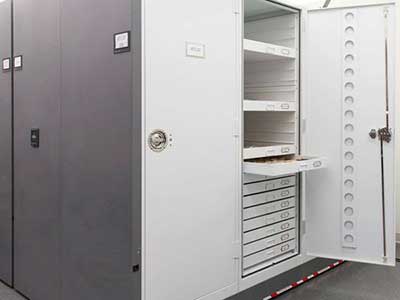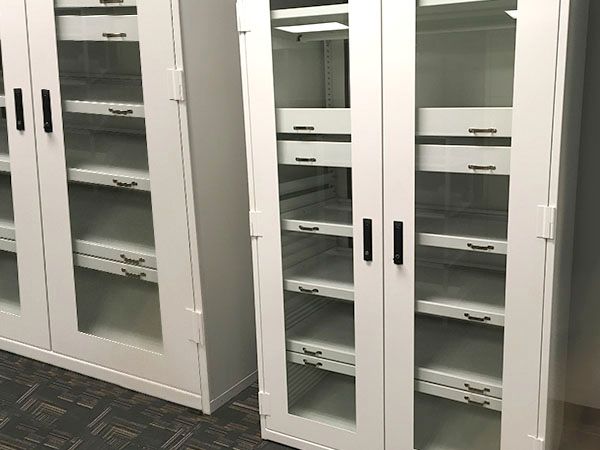How to Protect Museum and Archival Collections
The Importance of High-Quality Museum Cabinets
Museums are the guardians of our collective history, preserving cultural, scientific, and artistic treasures for future generations. The significance of the artifacts housed within these institutions cannot be overstated – they are irreplaceable windows into our past and invaluable resources for education and research. To ensure these treasures are preserved optimally, museums rely heavily on specialized storage solutions. Museum Cabinets provide a controlled environment for safely storing delicate and valuable items such as artwork and archives, helping to protect and preserve our shared heritage.
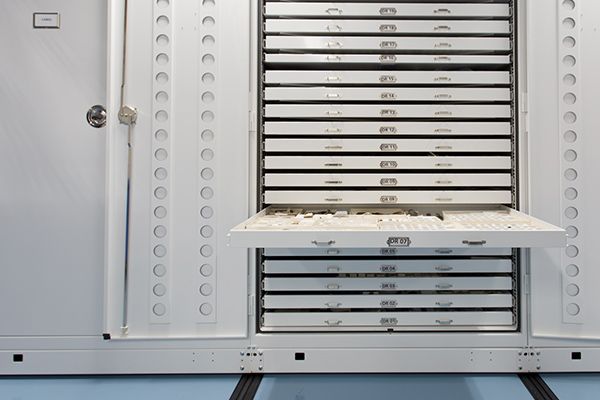
Understanding the Need for Efficient Museum Storage
Museum-quality cabinets are specialized storage units designed to meet the unique requirements for preserving various artifacts. These cabinets are distinguished by their ability to provide a stable, controlled environment that protects items from environmental factors such as temperature fluctuations, humidity, light exposure, and pests. The design and construction of these cabinets are tailored to the specific needs of different types of artifacts, ensuring that each piece is stored in the most appropriate conditions. One such cabinet is the 920 Series: Preservation Cabinet by Spacesaver, which offers efficient and customizable storage solutions with varying storage capacities for museum collections.

Key Features of Museum Cabinets
- Environmental Control: One of the most crucial attributes of museum-quality cabinets is their ability to maintain a stable environment. This includes controlling temperature and humidity levels and critical factors preventing the deterioration of sensitive materials such as paper, textiles, and metals. Some cabinets have climate control systems that allow for precise adjustments, ensuring that the internal conditions remain consistent and within safe ranges.
- Protection from Light and Pests: Many artifacts are sensitive to light exposure, which can cause fading, discoloration, and other forms of damage. Museum-quality cabinets often feature UV-resistant glass doors or solid panels that block harmful light rays. Additionally, these cabinets are designed to be pest-proof, with tight seals and materials that prevent insects and other pests from entering and damaging the contents.
- Customizable Interiors: The interior configuration of museum-quality cabinets can be customized to accommodate a wide range of items. Adjustable shelves, drawers, and compartments can be tailored to different artifacts' dimensions and needs. For example, padded shelves can be used for fragile objects, while flat drawers are ideal for storing documents and maps. This flexibility ensures that each item is stored in a manner that provides maximum protection.
- Durable Construction: Museum-quality cabinets are constructed from high-quality materials that provide durability and long-term protection. These materials are chosen for their strength and inert properties, meaning they do not emit harmful chemicals or gases that could damage sensitive artifacts. Their steel construction is designed to support the weight of heavy items and withstand the test of time.

Museum Cabinet Storage Guide
Museum Cabinet Storage Guide


The Role of Storage in Preserving Artifacts
The primary role of museum-quality cabinets is to protect artifacts from environmental factors and physical damage. The stable environment provided by these cabinets helps prevent common causes of deterioration, such as fluctuations in temperature and humidity, exposure to light, and pest infestation. By mitigating these risks, museum-quality cabinets, such as museum storage cabinets, play a crucial role in preserving the integrity and longevity of artifacts.


Risk Management in Museums
Risk Management in Museums

How do these cabinets contribute to the overall aesthetics of a museum?
Spacesaver museum cabinets play a crucial role in museum aesthetics by providing secure yet visually pleasing storage for artifacts. Cabinets with glass panels can showcase items while maintaining their preservation, adding an element of transparency and sophistication to a museum’s display.
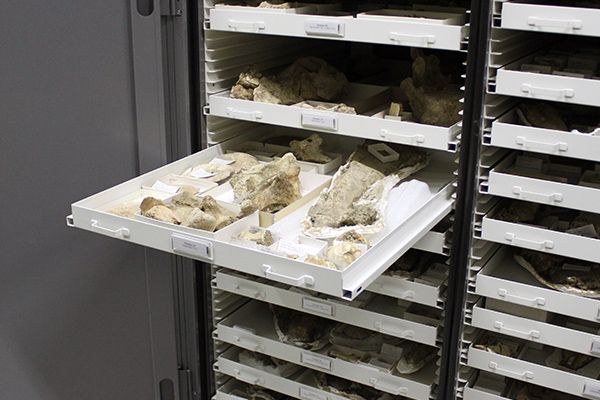
Preventing Museum Collection Deterioration
Artifacts are often composed of materials that are susceptible to environmental conditions. For instance, organic materials like wood, paper, and textiles can absorb moisture from the air, leading to mold growth, warping, and decay. Metals can corrode in humidity, while light-sensitive materials can fade or discolor. Museum-quality cabinets create a controlled environment that minimizes risks, ensuring that artifacts remain stable.
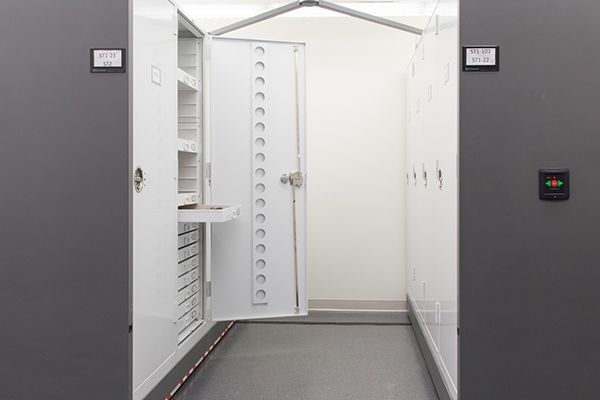
Providing Secure Collection Storage
In addition to environmental control, museum-quality cabinets offer secure storage for valuable and delicate items. Our steel cabinets' sturdy construction and secure locking mechanisms protect against unauthorized access and accidental damage. This is particularly important for high-value artifacts, rare items, and collections of significant historical importance. By providing secure storage, museum-quality cabinets help museums, such as Historic St. Mary’s City, safeguard their collections and maintain the trust of donors, researchers, and the public.
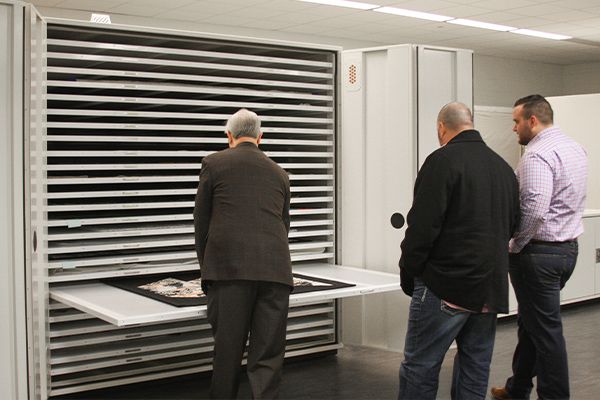
Facilitating Collection Accessibility and Organization
While protection is a primary concern, accessibility is also a key consideration in museum storage. Museum-quality cabinets facilitate easy access to stored items, allowing museum curators, conservators, and researchers to retrieve artifacts as needed. The customizable interiors enable efficient organization, making it easier to locate specific items and reduce the risk of damage during handling. This combination of protection and accessibility is essential for effectively managing museum collections within the available space.

Museum Guide
Museum Guide

The Importance of Investing in Museum-Quality Cabinets
Investing in museum-quality cabinets is a critical step in preserving cultural heritage. Their value in protecting irreplaceable artifacts and ensuring their long-term preservation justifies the cost of these specialized storage units, as proper storage helps to prevent deterioration, loss of historical information, and destruction.
Long-Term Cost Savings
While the initial investment in museum-quality cabinets may be significant, the long-term benefits outweigh the costs. These cabinets reduce the need for costly conservation treatments and restorations by preventing damage and deterioration. Moreover, the protection provided by museum-quality cabinets helps avoid the potential damage of valuable artifacts, which could result in significant financial and cultural losses for the institution.
Preserving the Past for the Future
In a world where the preservation of cultural heritage is of utmost importance, museum-quality cabinets offer a reliable and effective solution. As museums continue to acquire and care for artifacts, the role of these cabinets will remain critical in protecting the treasures that connect us to our past and enrich our understanding of the world.
Museum-quality cabinets are essential tools for the preservation and protection of cultural heritage. Their specialized design and construction provide a stable environment that safeguards artifacts from environmental factors, physical damage, and unauthorized access. By investing in these high-quality storage solutions, museums can ensure the long-term preservation of their collections, support research and education, and maintain the trust of their stakeholders.
Related Products
Next Up in Museums
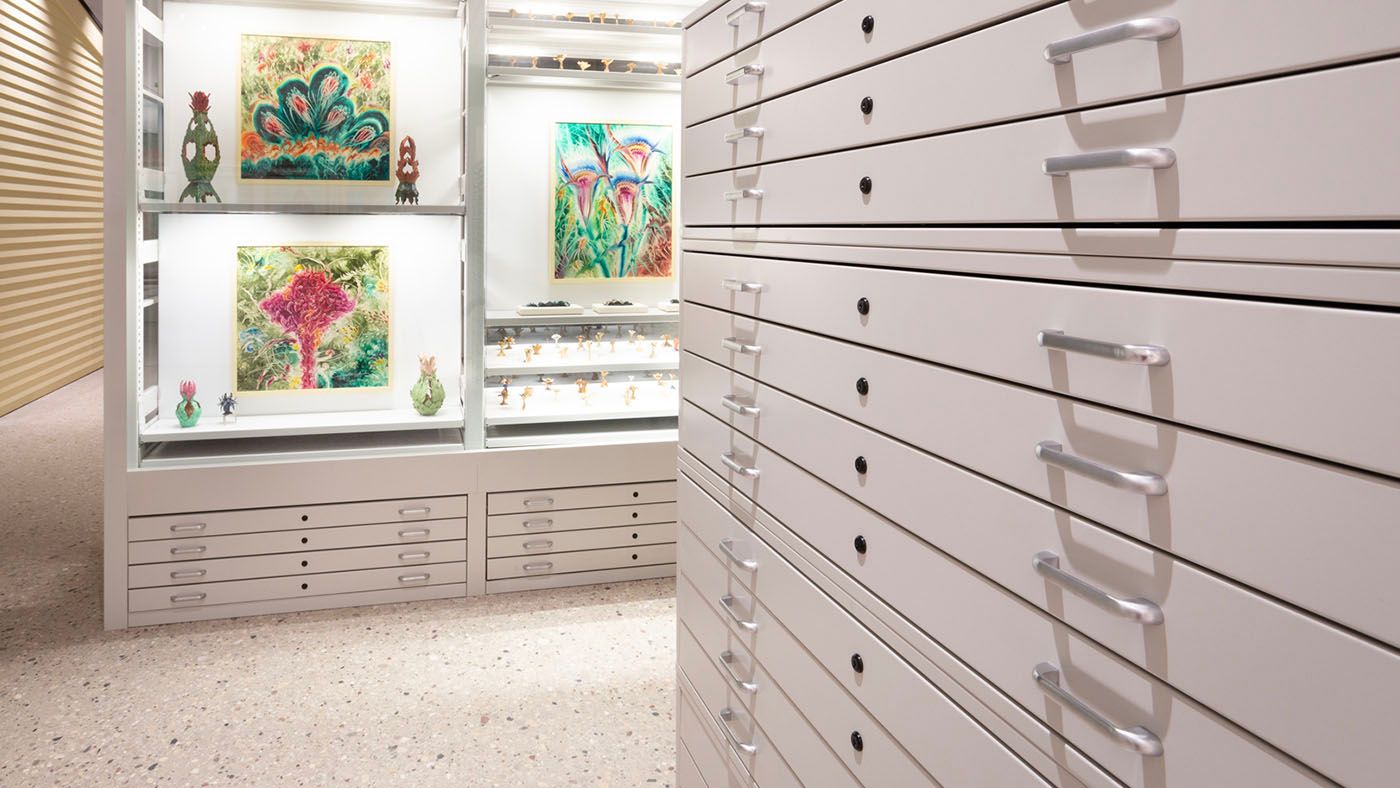
Secure and Preserve Your Art Collections with Premium Museum Storage Cabinets
Read On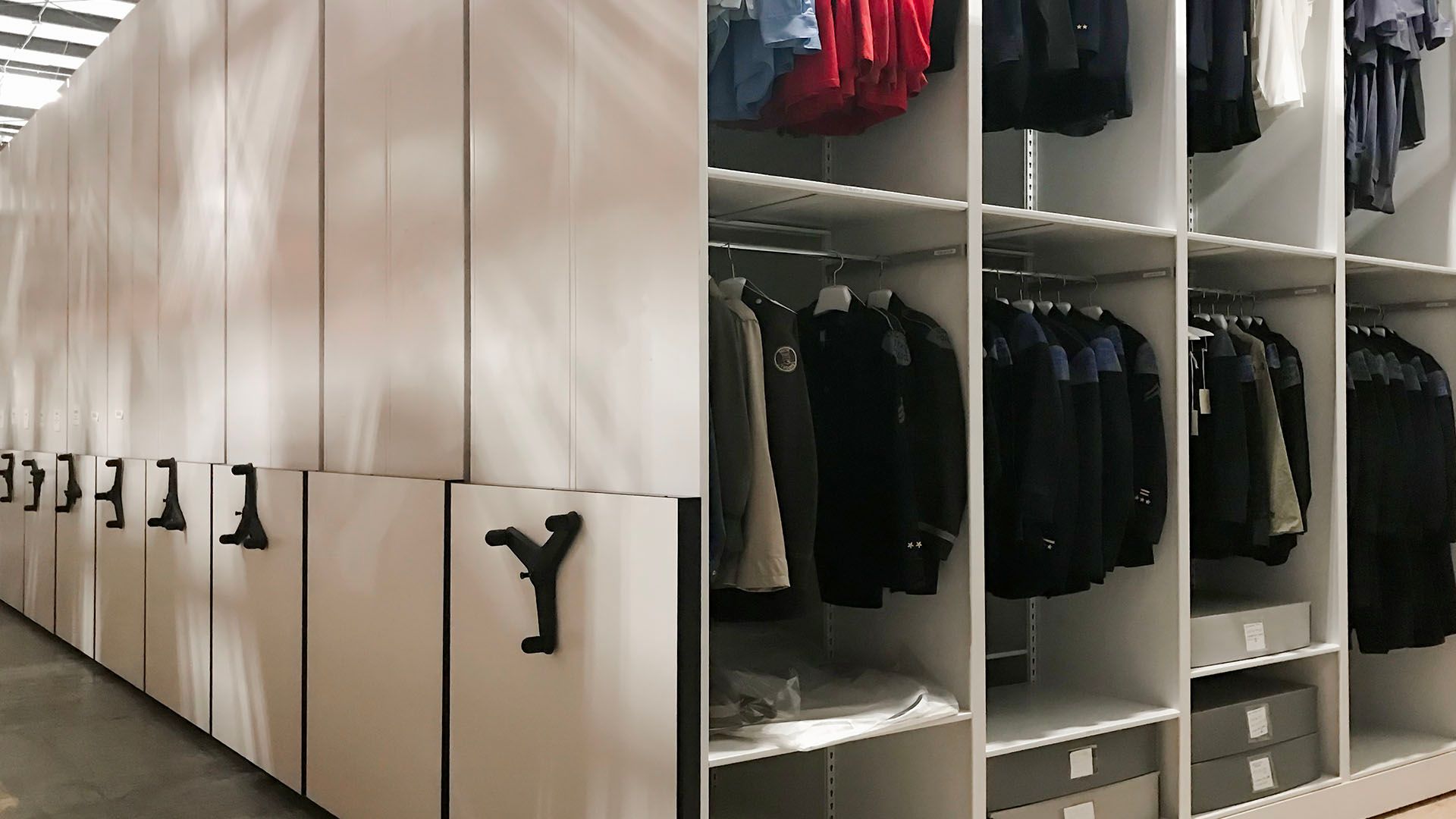
Storage solutions for preserving historical artifacts in limited spaces.
Read On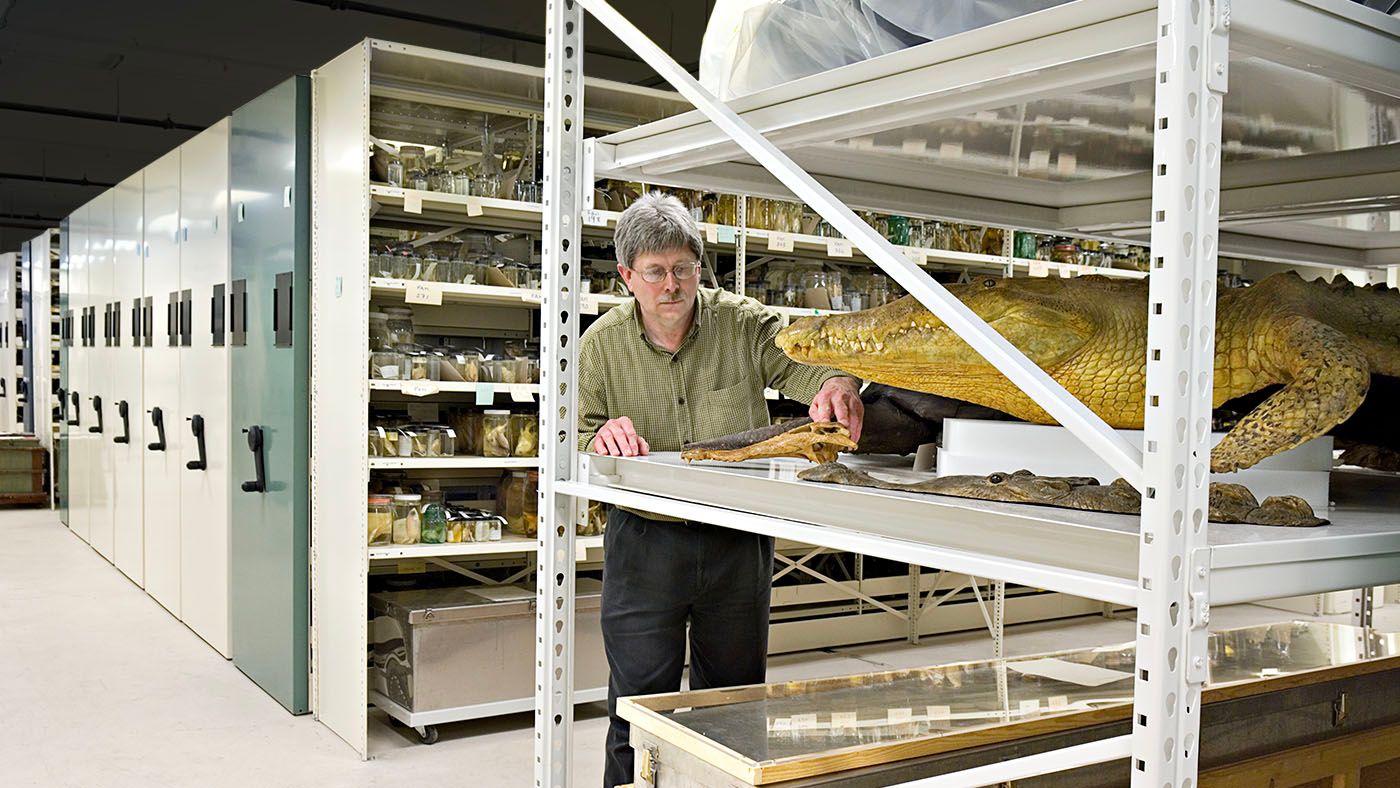
How the right storage solutions can help mitigate damage and preserve history.
Read On